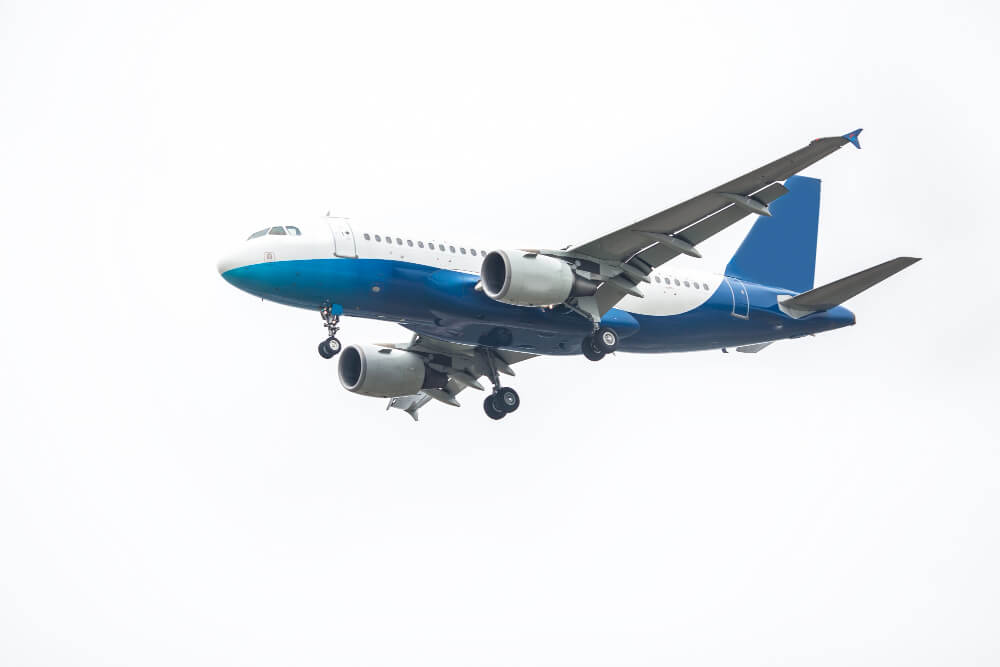Explore how innovations in materials and technology have transformed aircraft parts over five decades, leading to major improvements in safety, fuel efficiency, and performance.
Aviation has always been a symbol of human innovation, but nowhere is this progress more evident than in the evolution of aircraft parts. Over the last half-century, the components that keep airplanes in the sky have undergone remarkable changes in design, materials, and manufacturing techniques.
From the early days of heavy metals and mechanical gauges to today’s lightweight composites and smart sensors, every part tells a story of progress. Let’s explore how aircraft parts have transformed over the past 50 years—and what this means for the future of aviation.
1. From Metal to Advanced Composites
Then: In the 1970s, aircraft parts were primarily made from aluminum alloys. Aluminum was favored for its strength-to-weight ratio, but it still added significant weight to the airframe. Components like fuselage panels, wing structures, and landing gear relied on metals that were heavy, rigid, and prone to corrosion.
Now: Today’s aircraft increasingly feature advanced composites like carbon fiber-reinforced polymers (CFRP) and Kevlar. These materials are stronger than aluminum, significantly lighter, and resistant to fatigue and corrosion.
-
Example: The Boeing 787 Dreamliner is made of about 50% composite materials, drastically improving fuel efficiency.
-
Impact: Lighter parts reduce fuel consumption, lower emissions, and extend the lifespan of aircraft.
Takeaway: The shift from metal to composites has been one of the most transformative changes in aviation, enabling faster, more efficient flights.
2. Smarter Electronics and Avionics Integration
Then: Fifty years ago, aircraft cockpits were dominated by analog dials, switches, and mechanical indicators. Wiring and electronics were relatively basic, and many systems operated independently without data integration.
Now: Modern aircraft parts come with integrated electronics and digital sensors that continuously monitor performance and communicate in real-time. From engine components to flight control surfaces, “smart parts” collect data to improve safety, predict maintenance needs, and enhance operational efficiency.
-
Example: Modern landing gear now includes sensors that monitor tire pressure and brake temperature, reducing the risk of failures.
-
Impact: This data-driven approach reduces downtime and helps airlines avoid costly delays.
Takeaway: Electronics have turned ordinary aircraft parts into intelligent, self-reporting systems.
3. Precision Manufacturing and 3D Printing
Then: Traditional manufacturing relied on machining metal blocks, casting, or forging parts. While effective, these methods were slower, more expensive, and often produced excess waste.
Now: The rise of additive manufacturing (3D printing) has revolutionized how aircraft parts are made. Engineers can now create complex shapes with minimal waste, often in a fraction of the time.
-
Example: Airbus and other manufacturers are producing 3D-printed cabin parts and even critical engine components.
-
Impact: Faster prototyping, reduced costs, and the ability to manufacture on demand are transforming the aircraft parts supply chain.
Takeaway: Manufacturing technology is enabling lighter, stronger, and more efficient designs at unprecedented speeds.
Aircraft Rotable Parts Available
4. Longer-Lasting and More Sustainable Components
Then: Aircraft parts had shorter service lives, requiring frequent maintenance and replacements. This added to airline costs and increased downtime.
Now: New materials, coatings, and engineering standards have extended the lifespan of many components. Parts are now designed to be more sustainable, with an emphasis on recyclability at the end of their lifecycle.
-
Example: Engine turbine blades now use advanced alloys and ceramic coatings that can withstand extreme heat for thousands of flight hours.
-
Impact: Reduced waste, lower costs, and a smaller environmental footprint.
Takeaway: Durability and sustainability now go hand in hand in aircraft design.
5. The Role of Aircraft Parts Suppliers in This Evolution
While manufacturers innovate, aircraft parts suppliers have played a crucial role in bringing these advancements to the global market. Over the last 50 years, suppliers have:
-
Expanded access to OEM-approved and aftermarket parts worldwide.
-
Adopted digital catalogs and online ordering systems.
-
Improved logistics to reduce lead times for critical components.
Today’s suppliers don’t just sell parts—they provide technical support, quality assurance, and supply chain solutions that keep the aviation industry running smoothly.
6. What the Next 50 Years Could Look Like
The pace of change in aviation suggests that the next half-century will be just as revolutionary. Some trends already on the horizon include:
-
Self-healing materials that automatically repair cracks and damage.
-
Fully connected aircraft ecosystems where every part communicates with airline maintenance systems in real time.
-
Sustainable fuels and zero-emission propulsion systems, driving new requirements for engine components.
-
On-demand 3D printing at airports, allowing rapid replacement of broken parts.
Final Thoughts
The evolution of aircraft parts over the last 50 years has been nothing short of remarkable. From heavier metals to advanced composites, from analog instruments to smart sensors, and from labor-intensive manufacturing to precision 3D printing, every innovation has contributed to safer, faster, and more efficient air travel.
As technology continues to advance, one thing remains clear: the partnership between manufacturers, airlines, and aircraft parts suppliers will remain essential to keeping the world connected by air. The sky’s not the limit—it’s just the beginning.
